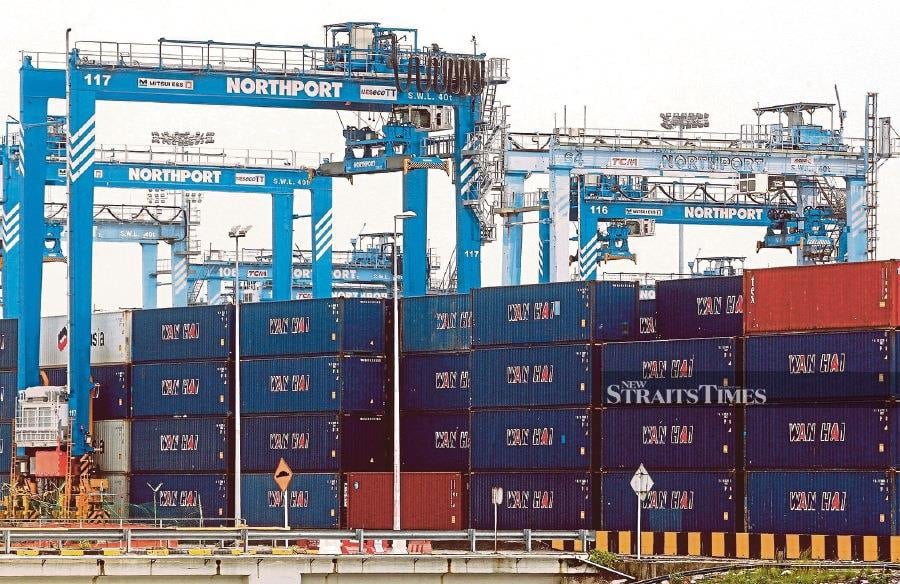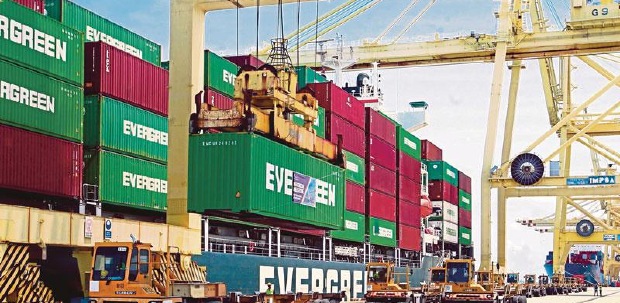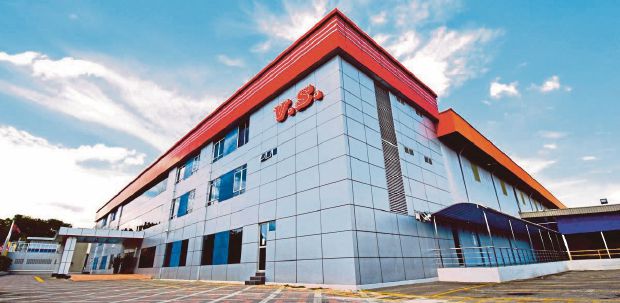KUALA LUMPUR: Analysts believe that Malaysia's trade performance will improve in the second half of 2024, driven by the growth in electrical and electronic (E&E) products as the global semiconductor market continues its path of recovery.
Year-on-year, the country's exports recorded a softer growth of 7.3 per cent in May compared to 9 per cent in April but exports of E&E products was stronger as it increased 7.6 per cent versus 0.6 per cent.
Robust E&E exports, which constitute 40 per cent of Malaysia's total exports, contributed to a larger surplus of RM14.2 billion in the E&E trade, up 24.6 per cent from RM11.4 billion in the previous month.
The World Semiconductor Trade Statistics (WSTS) has revised its global semiconductor market growth forecast upwards to 16 per cent from 13.1 per cent, bringing the market to an estimated US$611 billion.
Looking ahead to 2025, WSTS anticipates a 12.5 per cent growth with an estimated valuation of US$687 billion.
As the 10th largest global exporter of E&E products and the 6th largest exporter of semiconductors in 2023, these forecasts project an optimistic outlook for Malaysia.
Hong Leong Investment Bank Bhd (HLIB Research) said global demand for E&E products continues to improve, reflected by the positive momentum in global semiconductor sales of 15.8 per cent year-over-year (YoY) in May from 15.3 per cent in April.
"Over the longer run, the recently launched National Semiconductor Strategy (NSS) and its aim to guide the industry up the value chain are also expected to lend support to Malaysia's E&E exports," it said in a note, maintaining its forecast of 2024 gross domestic product (GDP) at 4.8 per cent.
Launched in May, the first phase of NSS is expected to attract at least RM500 billion in investments that would leverage Malaysia's industry existing capacity and capabilities to support the modernisation of outsourced semiconductor assembly and test (OSAT).
The three-phased initiative aims to attract domestic investments focusing on integrated circuit design, advanced packaging and manufacturing equipment, while the foreign direct investments focused on manufacturing equipment.
Meanwhile, TA Securities noted that demand from China has not been as encouraging as expected, pushing it to become the third-largest of Malaysia's export partners after Singapore and United States (US).
It said this may be attributed to a reduced demand for local E&E products from China.
The firm said the main drivers of export performance to China in May were paper and pulp products, petroleum products, and palm oil and palm oil-based agricultural products.
"Despite this current trend, we believe that an improvement in demand from China will occur in the future. We anticipate a rebound in demand as economic conditions evolve," it said.
TA Securities anticipates an improvement in trade performance this year, buoyed by growing demand from international markets, the anticipated recovery of China's economy, and a promising outlook for the global semiconductor market.
It pointed out that Malaysia has experienced a notable increase in the import of intermediate goods from December 2023 to May 2024 which suggests that the country's exports may rise in the near future.
"Intermediate goods are essential components used in manufacturing final products. The rise in these imports indicates that Malaysian manufacturers are ramping up production, preparing to meet higher demand for finished goods both domestically and internationally," it explained.
Kenanga Investment Bank Bhd (Kenanga Research) also anticipates steadier economy growth momentum in the second half this year despite the downside risks due to global economic uncertainty and the potential impact of escalating geopolitical tensions, including the Red Sea crisis and renewed US-China tensions.
It continues to expect further increases in the coming months on the back of technology upcycle and China's gradual economic recovery, supported by strong demand from regional economies and potentially better-than-expected performance from advanced economies.
"Domestic growth will be supported by the ongoing recovery in the export-oriented manufacturing sector, alongside solid domestic demand momentum," Kenanga Research said.
"This is mainly thanks to a stable labour market condition due to robust hiring activities, continued increases in tourist arrivals and spending as well as ongoing government policy support and positive investment trends," it said while maintaining its GDP growth forecast for 2024 at 4.5 to 5.0 per cent.





